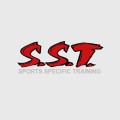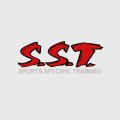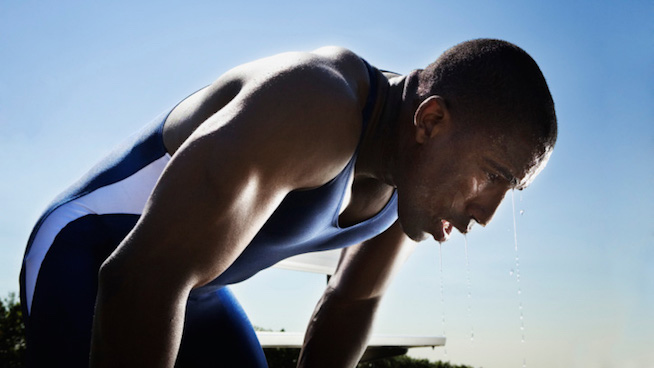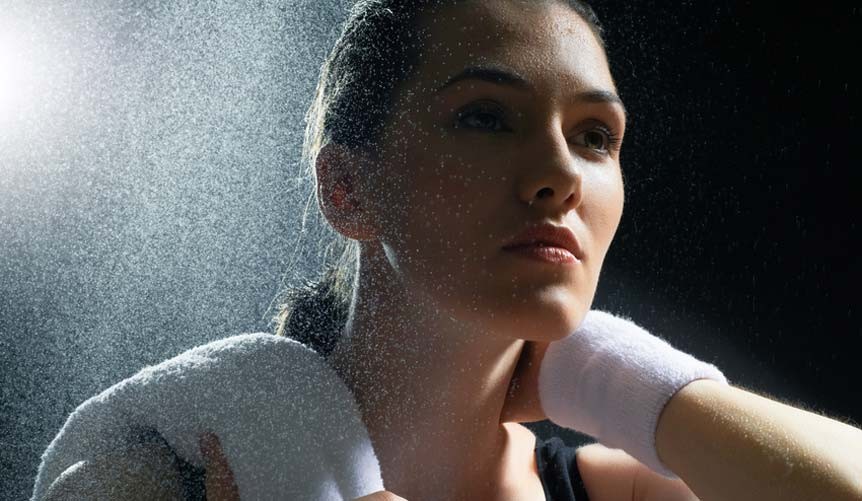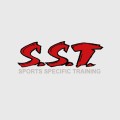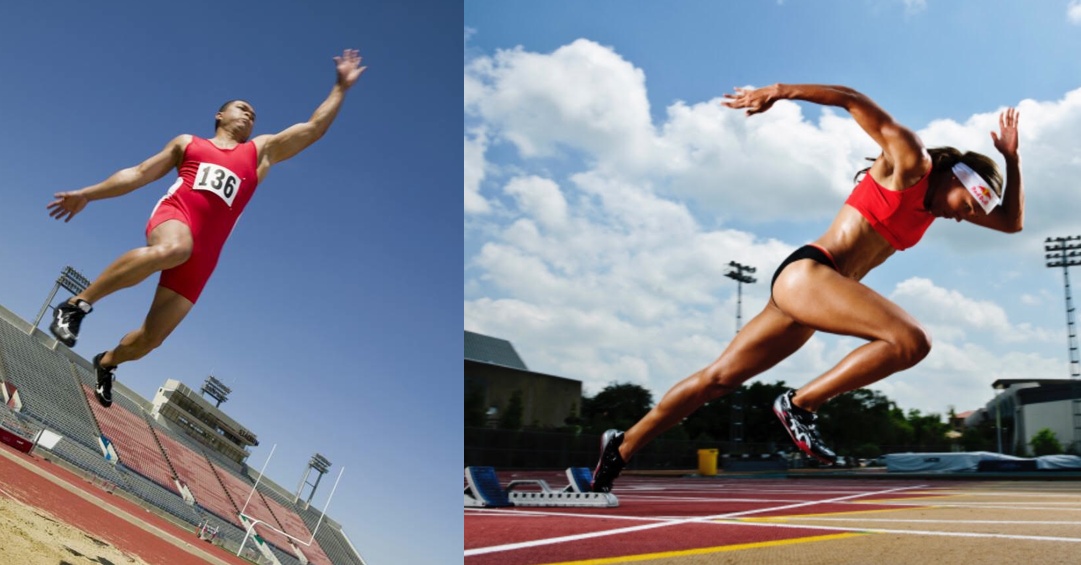Since my last few articles, “To Squat or to Power Clean, That Is the Question” and “How to Train the 40-Yard Dash in the Weight Room – Part One & Part Two” I have had tremendous positive feedback. With this in mind, I have had a few people email me regarding what type of speed drills I would choose for college and professional football players (American football). If people wish, I can write about speed work and demands for football, aka soccer, in an upcoming article.
Since my last few articles, “To Squat or to Power Clean, That Is the Question” and “How to Train the 40-Yard Dash in the Weight Room – Part One & Part Two” I have had tremendous positive feedback. With this in mind, I have had a few people email me regarding what type of speed drills I would choose for college and professional football players (American football). If people wish, I can write about speed work and demands for football, aka soccer, in an upcoming article.
Back to the purpose: what speed drills do I like to use with my college and pro football players?
To start, I have all my athletes perform a proper dynamic warm-up, which includes many drills, such as:
Walking A’s
Marching A’s
B’s
Plus the conventional drills we all use as track coaches
I am going to assume that these athletes know many of the basic drills mentioned, so I won’t spend much focus on this. Here is the catch: I will watch an athlete, and if there are mechanical issues, then we will focus on a drill or drills SPECIFIC to that athlete. The purpose of this is to reinforce a good habit and correct the issue(s). I learned a long time ago from good coaches that anyone can teach the X and O’s, but the good coaches can see and make adjustments in making the athlete better.
So, we at SST do not really spend much time with so-called drills to improve performance.
Where do I differ with my athletes?
Know your position! For example, I don’t waste my time doing repetitive 100-meter sprints with O linemen. I have seen this numerous times with coaches and just shake my head. What is the purpose of 300-lb men running 100 meters? When do they ever do this in the game? The question I then get is do we need to condition them? No! These guys are paid to have a fight in a phone booth. Conditioning drills should be more functional, such as tire flipping and pushing cars!
Top-end speed: Athletes such as wide receivers and running backs focus on top-end speed. Development.
Agility training: I believe many of us spend too much time on linear speed training for sports when we should focus more on lateral speed work. Unlike track, sports are multidirectional, and GREAT athletes not only possess top-end speed, but also the quickness of a cat. Think Barry Sanders from the Detroit Lions; he would break ankles on the football field! There are many methods to teach agility, and we focus on closed and open-chain agility exercises.
Closed-chain: These types of drills and exercises are what we call patterned drills. Examples include all ladder drills and specific drills that are patterned. With high-end athletes (could be high school as well), we tend to spend very little time with closed-chain exercises. The few we like to include in our programing in the early preseason are drills in which we have our athletes learning how to decelerate. (Note: Sometimes, an athlete has a difficult time changing direction not because of form, but because they tend to be eccentrically weak. This has to be taken care of in the weight room.) We use the cue “STICK IT” to make certain they stop on a dime!
Our drills for this may be as simple as a 5-yard sprint and stop before the line. Our athletes focus on accelerating as fast as they can but then lower their hips and stop on a dime before the line! The next progression to this is having our athletes perform the same distance but moving in a different direction (backpedal, crossovers, and shuffling).
After we have mastered the ability to stop after moving in all directions, we teach our athletes how to change direction, which is VITALLY important in ALL sports! For example, we will have an athlete shuffle for 5 yards, and once they touch the line with their foot, they change their body position and direction and shuffle back. We cue the athlete to stick it where they started. Once they master each direction, we then progress to multidirectional movements, such as sprinting for 5 yards then crossover back and stick it. Your imagination is endless with these drills, but we try to be specific to the sports and position. For examples, defensive backs in football focus on all, but we tend to have them backpedal much more since they pretty well do this on every play.
Open-chained agility. This is SPORTS. React to what you see and make it happen. When is the last time you were in a game of football and a player was running and a coach yelled to go left then right, etc.? NEVER! Games are played by reaction with your senses, especially your eyes. This is why I firmly believe younger athletes should play multiple sports. In fact, kids should play more in uncontrolled environments. This is where they can be creative and learn to react!
Acceleration phase: Approximately 80% of most sports are played in this phase, so we spend at least 80% of our time training in this phase. Drills that I like to use include:
2-point starts
3-point starts
Band resisted starts: This is one of my favourites! Note: Please make certain you do not apply too much resistance in order to keep the athlete’s mechanics from being altered.
SpeedSac resisted starts: These are similar to sled sprints, but I have found that the SpeedSac to be more effective for two reasons. We can alter the weight to be more precise compared to the sled. The SpeedSac also has less shifting, as does the sled, thus our mechanics are not altered as much.
So, to answer the question, I like to spend 80% of my time training with open-pattern agility and acceleration exercises with my so-called more experienced athletes!
I follow the 80% rule in most things in life, and in this case, these training modalities provide our athletes with the best bang for their buck!
Larry Jusdanis
Owner, Sports Specific Training
Sstcanada.com
Director of the National Association of Speed and Explosion (NASE)
Larry Jusdanis is the owner of Sports Specific Training Inc. SST has trained thousands of athletes from a variety of sports. SST’s no nonsense approach to training has been used by thousands of athletes’ from a variety of sports all over the nation!

